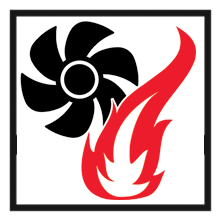Would you like to change the sales region?
Are you interested in the business areas and topics of the D+H group, our production location or are you looking for a contact in central purchasing or OEM sales? Then choose our headquaters of D+H Mechatronic AG!
To the manufacturer
![]()

![]()
